Many older family photo albums and collections of family snapshots contain mysterious little pictures printed on thin plates of metal. These “tintypes” – also sometimes called ferrotypes – were a relatively common means of producing quick and cheap portraits in years long gone by. Tintypes were direct positives produced on thin sheets of enamelled or lacquered metal coated with photosensitive emulsion.
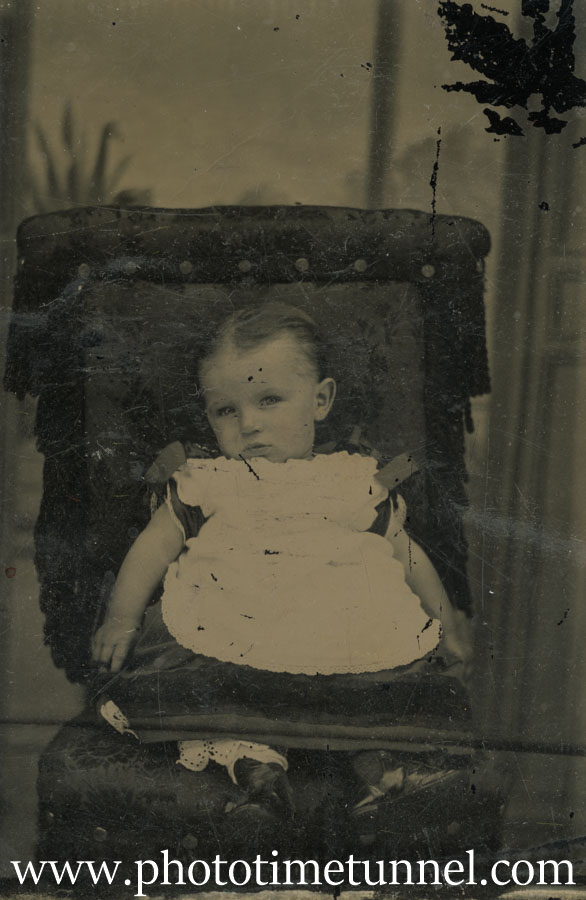
Tintypes reached their peak in the 1870s and were extremely popular with travelling photographers because they could be developed and fixed within minutes.
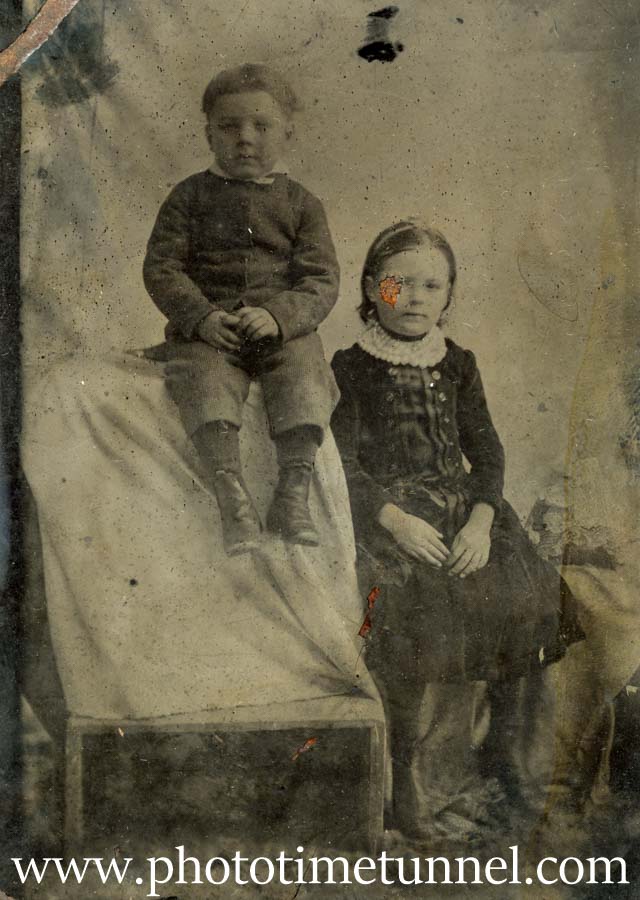
I’ve collected a small handful of tintypes and, interestingly, most of them date from the 1920s and were created in the Blue Mountains, outside Sydney, Australia, where a photographer named Dan Evans once plied a thriving tourist trade, photographing visitors to the mountains alongside peculiar figures including makeshift versions of Mickey Mouse, Felix the Cat and a curious creature named the “mountain devil” (based on the spiky seedpod of a local wildflower).
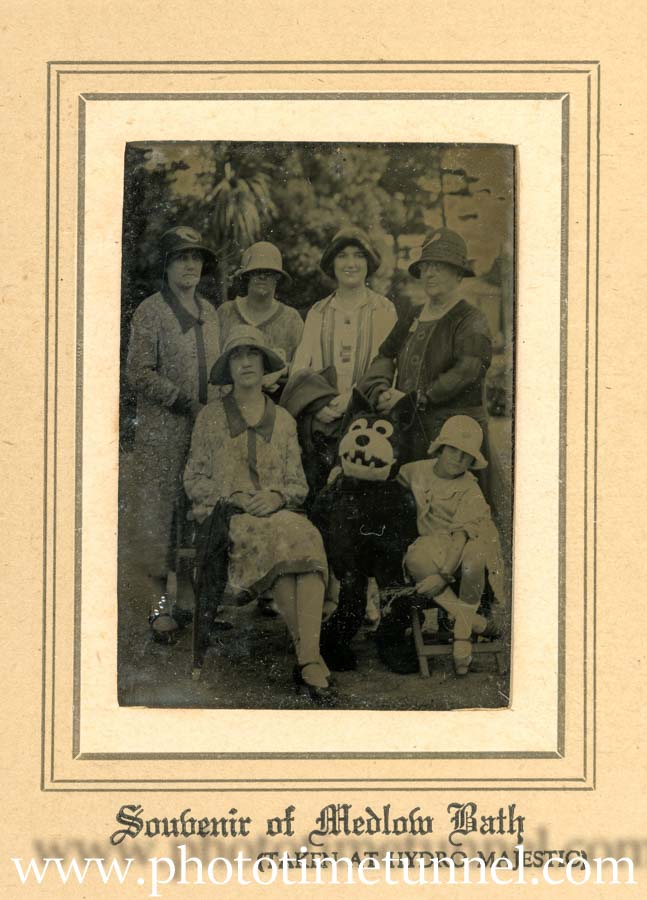
A Dan Evans tintype portrait. 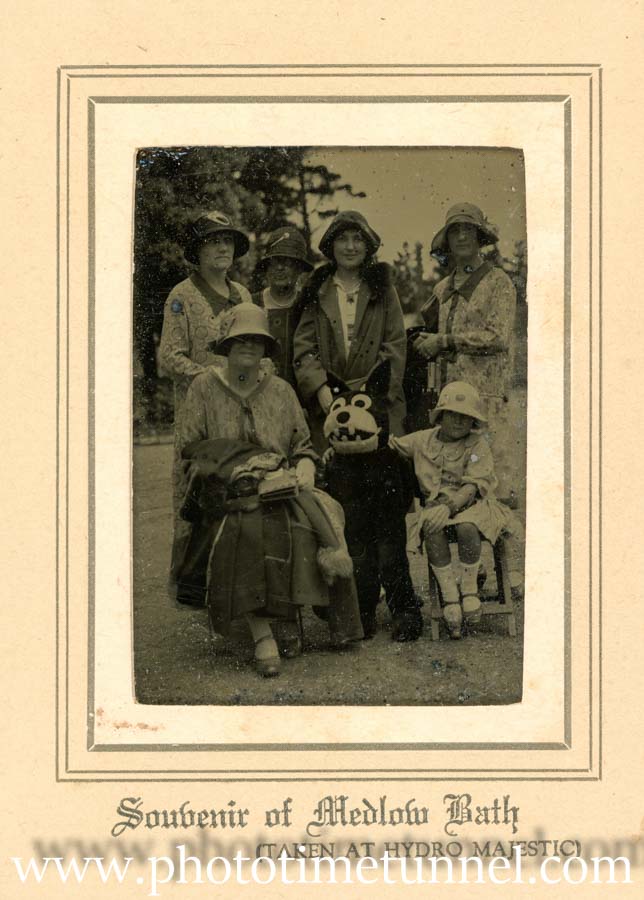
A Dan Evans tintype portrait. 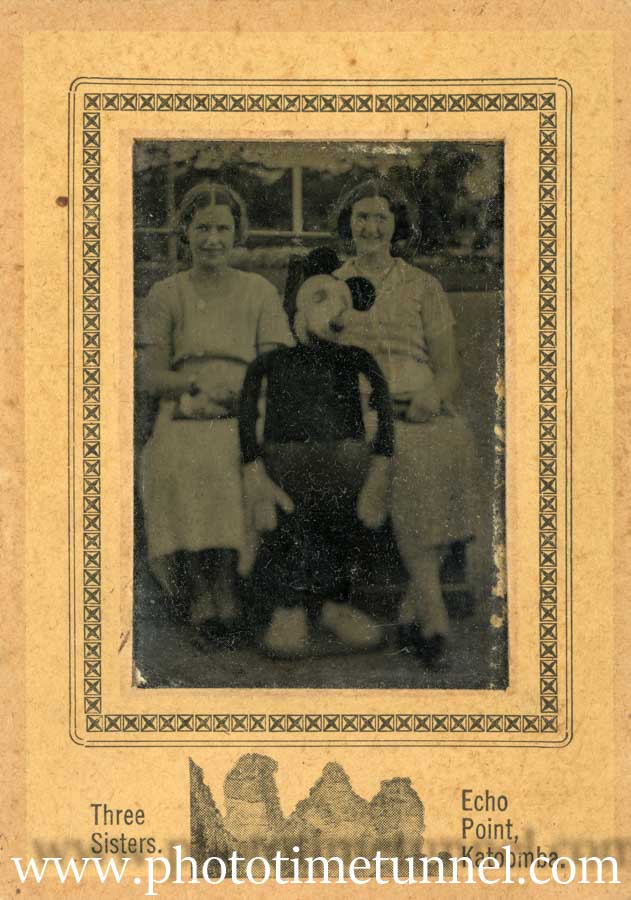
A Dan Evans tintype portrait. 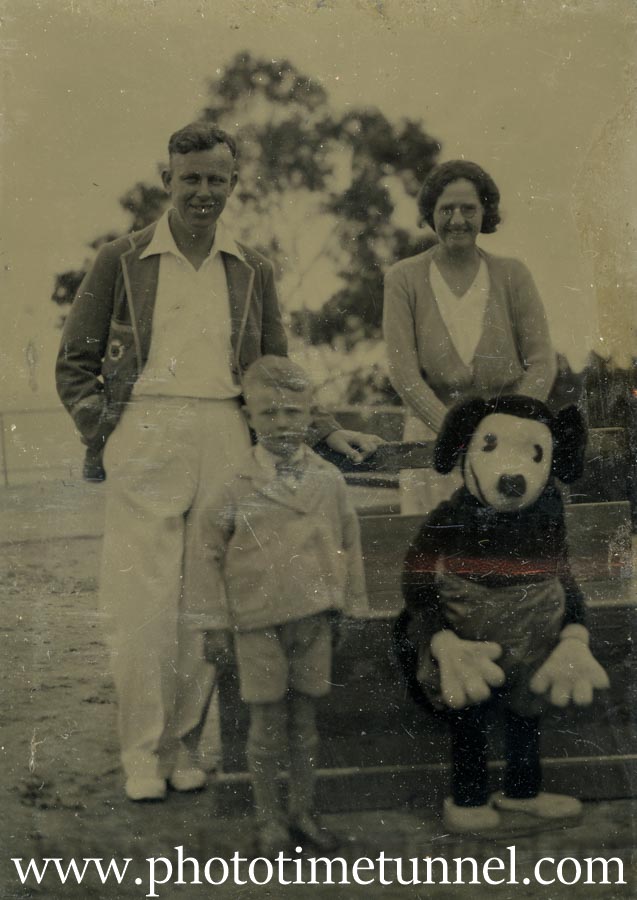
A Dan Evans tintype portrait.
It seems relatively little is known about Dan Evans, but his photos are part of the folklore of the Blue Mountains and are keenly sought by some collectors. Some information about Dan Evans can be found here.
I recall having read that Evans was forced to stop using Mickey Mouse and Felix the Cat as props for his photos because of legal threats from the cartoon studios that owned the rights to those famous characters. That may or may not be correct. Nevertheless, I find the photos especially appealing on account of the rather sinister aspect of the props.
Interestingly, in recent years tintype photography has made a comeback amongst artist photographers who are drawn to the dark, moody character of the technique.
.

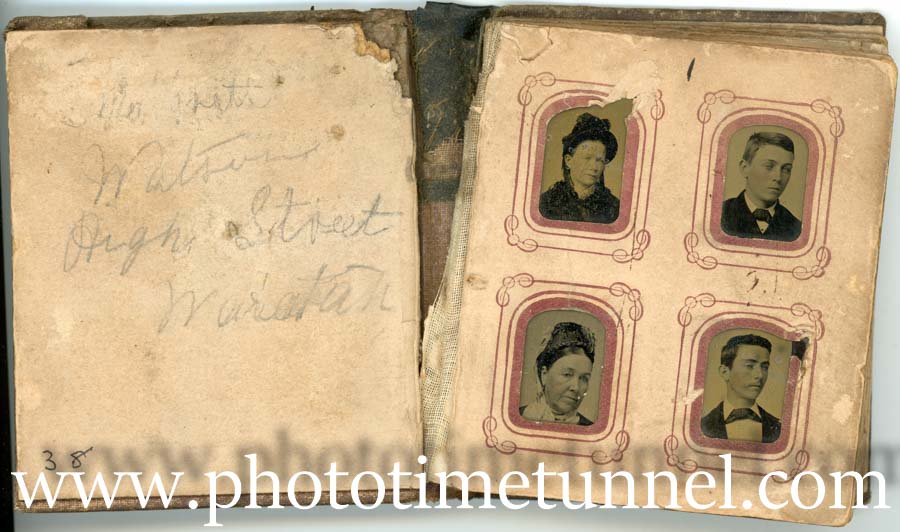

There’s so much to know & learn. Would not have imagined the precursor to the Polaroid was in action in the late 19th century.